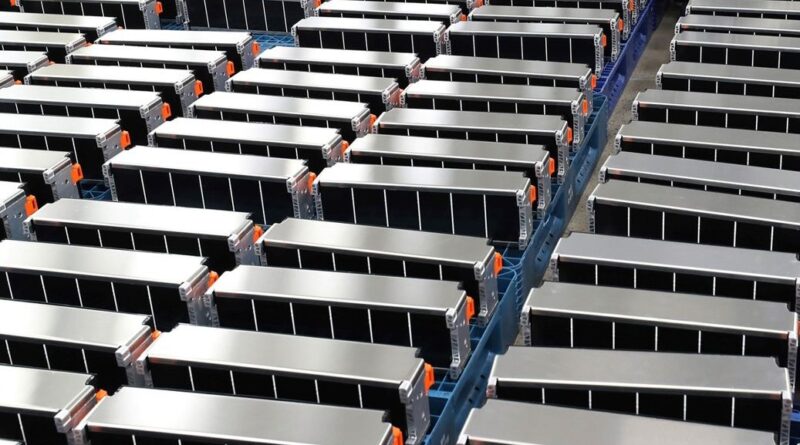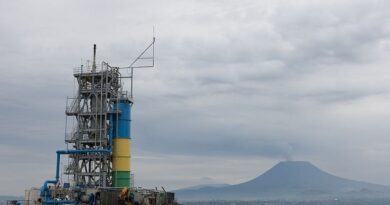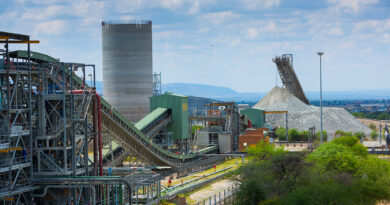SA’s nuclear build programme a bonanza for galvanized steel uptake
South Africa’s National Infrastructure 2050 plan places the spotlight on 9.6 GW of new nuclear energy plants converted from decommissioned coal fleet. The procurement rollout is likely to commence with large scale coastal-based reactors and small modular reactors (SMRs) inland on retired coal power station sites and at intensive-energy users.
The proposed nuclear build programme presents extensive structural and pressure vessel supply requirements for South African fabricators and manufacturers, comments International Steel Fabricators (ISF) CEO Neels van Niekerk. The rollout of the programme is expected to deliver an estimated 1 000 MW unit a year for a decade or more.
Only about 55% of the total construction cost involves the active nuclear island with its top-level certification requirement. The nuclear island is the heart of a nuclear power plant, comprising the containment and auxiliary buildings and fuel handling area. The more conventional turbine island accounts for about 25%, with early works including accommodation making up the balance.
A typical 1 000 MW plant requires 10 000 tonnes of structural steel for the nuclear island, 150 pressure vessels, 180 storage tanks and 70 tonnes of concrete reinforcing steel. The turbine island requires 7 300 tonnes of structural steel, 130 pressure vessels, 170 storage tanks, 6 000 tonnes of reinforcing steel and 16 km of piping. The balance of plant equates to 2 500 tonnes of structural steel, 40 pressure vessels, 20 storage tanks, 5 000 tonnes of reinforcing steel and 32 km of piping. In addition, early works requires 4 000 m of security fencing.
This represents a significant opportunity for the increased uptake of zinc galvanized steel, points out Simon Norton, Executive Director of the International Zinc Association (IZA) Africa. “The urgent need for additional power generation and distribution infrastructure, including the proposed nuclear build programme, poses a significant opportunity for the industry.”
Hot dip galvanized steel plays a critical role in corrosion protection in power generation, ranging from transmission and distribution of power to traditional and renewable sources. “In this way we can guarantee the longevity and cost-effectiveness of power projects for future generations,” says Norton.
Most power supply steel structures, whether for generation, transmission or distribution, are designed for an average lifespan of 30 to 40 years. These structures are often subjected to a range of arduous atmospheric environments. All steel structures throughout the power grid therefore have a need for durable, corrosion resistant and long-lasting protection.
Hot dip galvanized steel has been deployed throughout the power grid for generations, as it is the anti-corrosion coating of choice on many steel structures. While it has been used extensively in coal, nuclear and natural gas facilities, it is also commonly increasingly finding favour in renewable energy applications, for example as the steel framework for solar and photovoltaic panels and wind turbine pylons.




